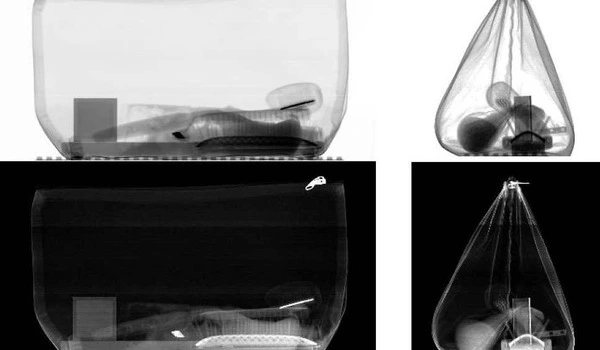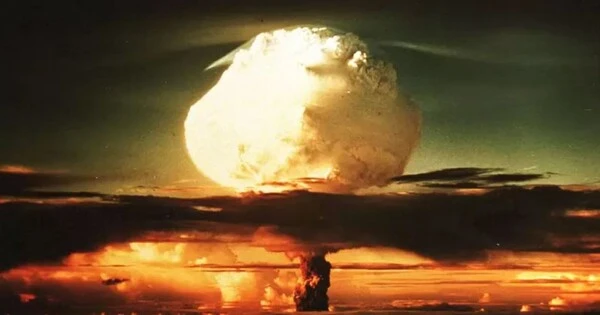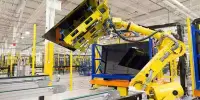There are many new methods and technologies being developed to improve the detection of explosions. Some examples include using acoustic sensors to detect the sound of an explosion, using infrared cameras to detect the heat signature of an explosion, and using machine learning algorithms to analyze sensor data and identify patterns that indicate an explosion has occurred. Additionally, there have been research on using drones for detecting gas leaks and explosions, and using wireless sensor networks for monitoring industrial sites for signs of an explosion.
According to a new method developed by a University of Alaska Fairbanks scientist, computers can be trained to detect distant nuclear detonations, chemical blasts, and volcano eruptions by learning from artificial explosion signals. The study was led by UAF Geophysical Institute postdoctoral researcher Alex Witsil and was recently published in the journal Geophysical Research Letters.
Witsil and colleagues at the Geophysical Institute’s Wilson Alaska Technical Center developed a library of synthetic infrared explosion signals to train computers to recognize the source of an infrared signal. Infrasound has a frequency that is too low for humans to hear and travels farther than high-frequency audible waves.
We used modeling software to generate 28,000 synthetic infrasound signals, which, though generated in a computer, could hypothetically be recorded by infrasound microphones deployed hundreds of kilometers from a large explosion
Alex Witsil
“We used modeling software to generate 28,000 synthetic infrasound signals, which, though generated in a computer, could hypothetically be recorded by infrasound microphones deployed hundreds of kilometers from a large explosion,” Witsil said.
The artificial signals reflect changes in atmospheric conditions, which can change the signal of an explosion regionally or globally as sound waves propagate. These changes can make determining the origin and type of an explosion from a great distance difficult.
Why not use real-world examples of explosion sounds instead of making your own? There aren’t enough real-world examples to train generalized machine-learning detection algorithms because explosions haven’t occurred in every location on the planet and the atmosphere is constantly changing.

“We chose synthetics because we can simulate a variety of different types of atmospheres through which signals can propagate,” Witsil explained. “So, even if we don’t have access to any North Carolina explosions, for example, I can use my computer to model North Carolina explosions and build a machine-learning algorithm to detect explosion signals there.”
Infrared arrays of multiple microphones close to each other are commonly used in detection algorithms today. The International Comprehensive Test Ban Treaty Organization, for example, has infrared arrays deployed around the world to monitor nuclear explosions.
“That’s expensive, it’s hard to maintain, and a lot more things can break,” Witsil said. Witsil’s method improves detection by making use of hundreds of single-element infrasound microphones already in place around the world. That makes detection more cost-effective.
The machine-learning method extends the usefulness of single-element infrared microphones by allowing them to detect more subtle explosion signals in near real-time. Single-element microphones are currently only useful for retroactively analyzing known and typically high-amplitude signals, such as the Tonga volcano’s massive eruption in January.
Witsil’s method could be used in the field for national defense or natural disaster mitigation.
















